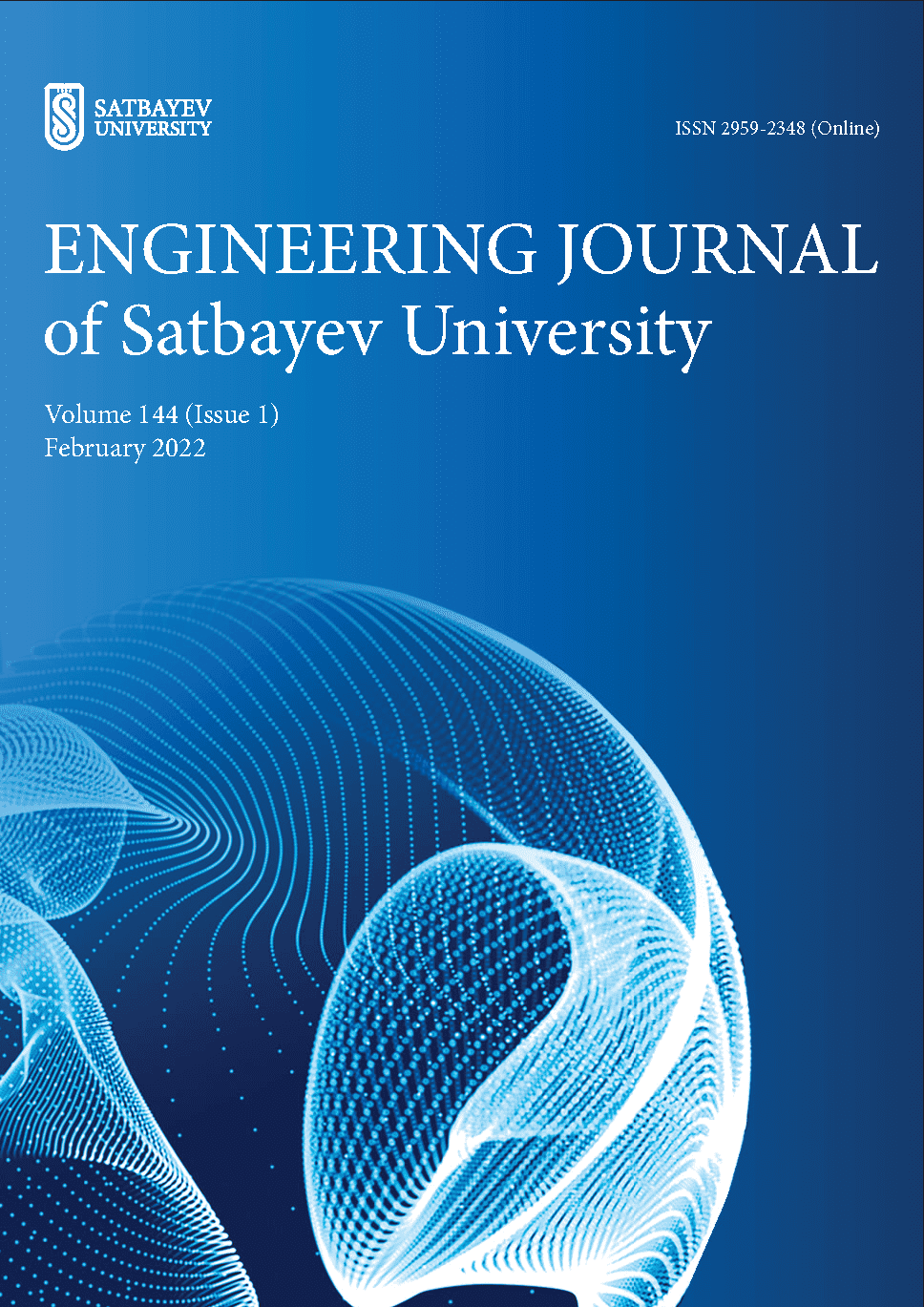Synthesis of sodium ferrite and differential thermal analysis of charge for its production
DOI:
https://doi.org/10.51301/ejsu.2022.i1.01Keywords:
wastewater, hydrogen sulfide removal, iron sands, sodium ferrite, X-ray phase analysis, differential thermal analysis.Abstract
The article presents a review of scientific works related to the research of methods intended to obtain iron-containing reagents, and their properties for the dissolved hydrogen sulfide neutralization in wastewater. It is summarized that sodium ferrite can be one of the perspective reagents for hydrogen sulfide removal. The desulfurization process efficiency depends on the Fe(OH)3 activity formed during sodium ferrite hydrolysis. The sodium ferrite synthesis with the help of thermal interaction of iron oxide with soda as well as sintering of iron sands (alumina production waste) with soda is described herein. The X-ray diffraction analysis results for the products obtained showed that sodium ferrite monophase was formed at 900 oC and exposure time of 1 h, whereas the compound Na(Fe0,75Al0,25)O2 that is an isomorphous mixture of ferrite and sodium aluminate was formed under optimal process parameters – 1000 oC and exposure time of 1 h, when the reactive iron oxide was replaced with ferrous sands. The phase transformation of the furnace charge consisting of iron sands and soda was studied with the use of differential thermal analysis, and the formation of the Na(Fe0,75Al0,25)O2 compound was established. A complex iron-containing coagulant for tests intended to treat wastewater from hydrogen sulfide was obtained with the use of sodium ferrite.
Downloads
Published
How to Cite
Issue
Section
License
Copyright (c) 2022 Engineering Journal of Satbayev University

This work is licensed under a Creative Commons Attribution-NonCommercial-NoDerivatives 4.0 International License.
<div class="pkpfooter-son">
<a rel="license" href="http://creativecommons.org/licenses/by-nc/4.0/"><img alt="Creative Commons License" style="border-width:0" src="https://i.creativecommons.org/l/by-nc/4.0/80x15.png"></a><br>This work is licensed under a <a rel="license" href="http://creativecommons.org/licenses/by-nc/4.0/">Creative Commons Attribution-NonCommercial 4.0 International License</a>.
</div>





